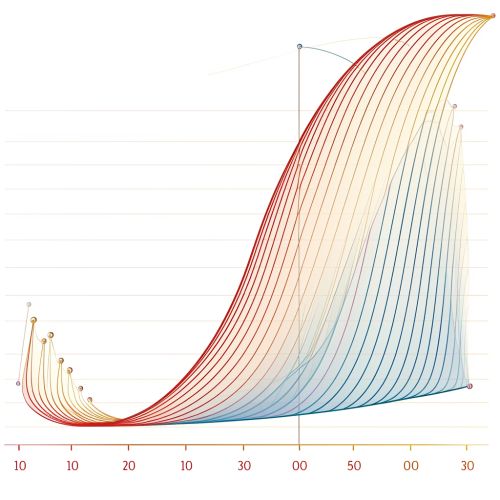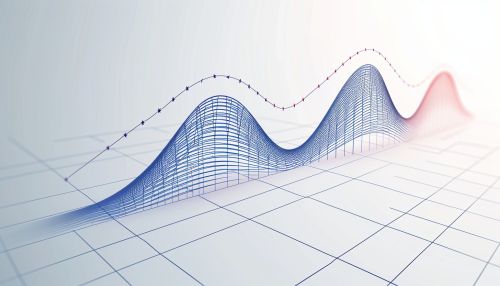Logarithmic Function
Definition
A logarithmic function or simply a logarithm, is a function that is the inverse of an exponential function. The logarithm of a given number x is the exponent to which another fixed number, the base b, must be raised, to produce that number x. In the simplest case, the logarithm counts repeated multiplication of the same factor; e.g., since 1000 = 10 × 10 × 10 = 10^3, the "logarithm base 10" of 1000 is 3.
History
The concept of logarithm was first introduced by John Napier in the early 17th century as a means to simplify calculations. He coined the term from the Greek words logos, which means ratio, and arithmos, which means number. The idea was later refined and expanded upon by other mathematicians such as Henry Briggs, Leonhard Euler, and Carl Friedrich Gauss.
Mathematical Representation
The logarithmic function is typically represented as y = log_b(x), where b is the base of the logarithm and x is the argument of the logarithm. The base b is usually a positive real number, not equal to 1. The argument x of the logarithm function is a positive real number.
Properties
Logarithmic functions have several important properties that make them useful in many areas of mathematics. These properties include:
1. log_b(xy) = log_b(x) + log_b(y) 2. log_b(x/y) = log_b(x) - log_b(y) 3. log_b(x^n) = nlog_b(x) 4. log_b(b^x) = x 5. log_b(1) = 0 6. log_b(b) = 1
These properties are derived from the properties of exponential functions and are fundamental to many areas of mathematics, including algebra, calculus, and number theory.
Applications
Logarithmic functions have a wide range of applications in various fields such as physics, engineering, computer science, economics, and many others. They are used to solve problems involving exponential growth or decay, to simplify complex calculations, and to model phenomena that exhibit logarithmic behavior, such as sound intensity, pH levels, and earthquake magnitudes.


